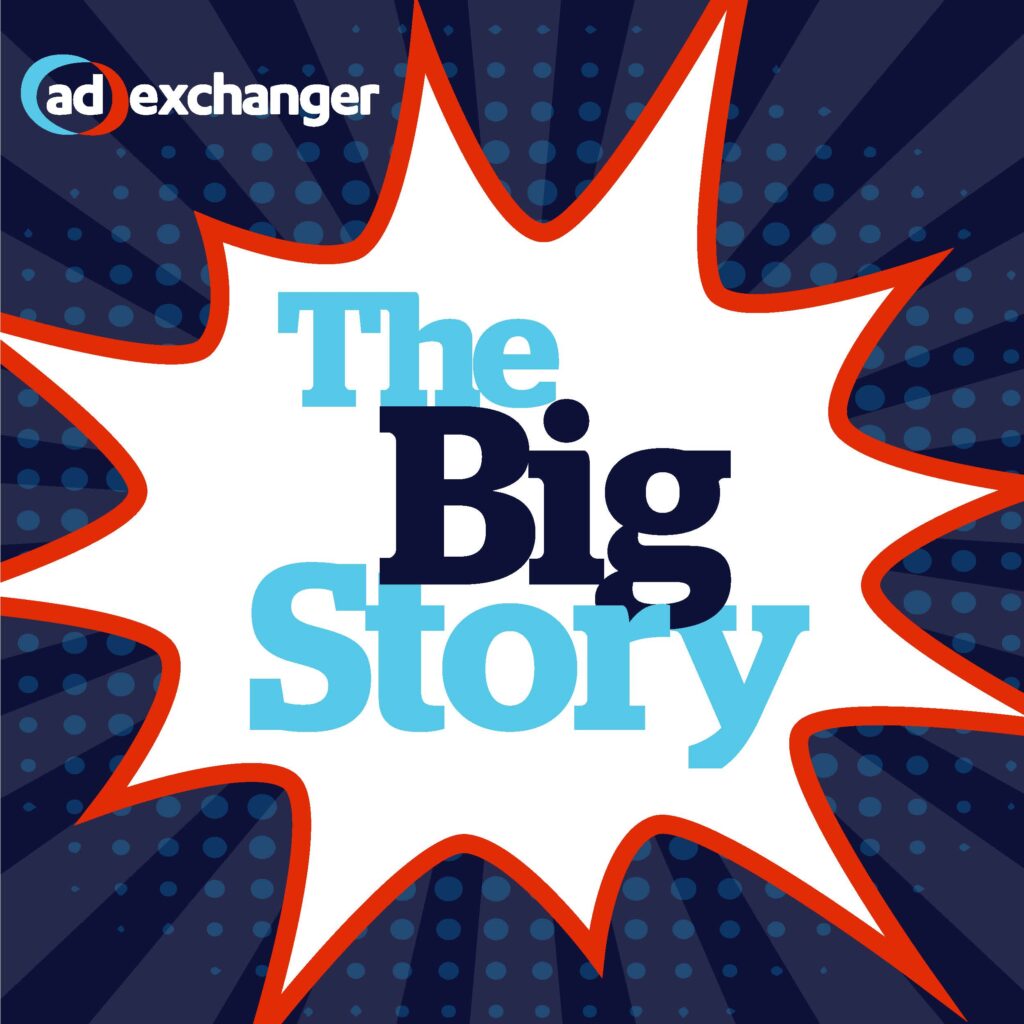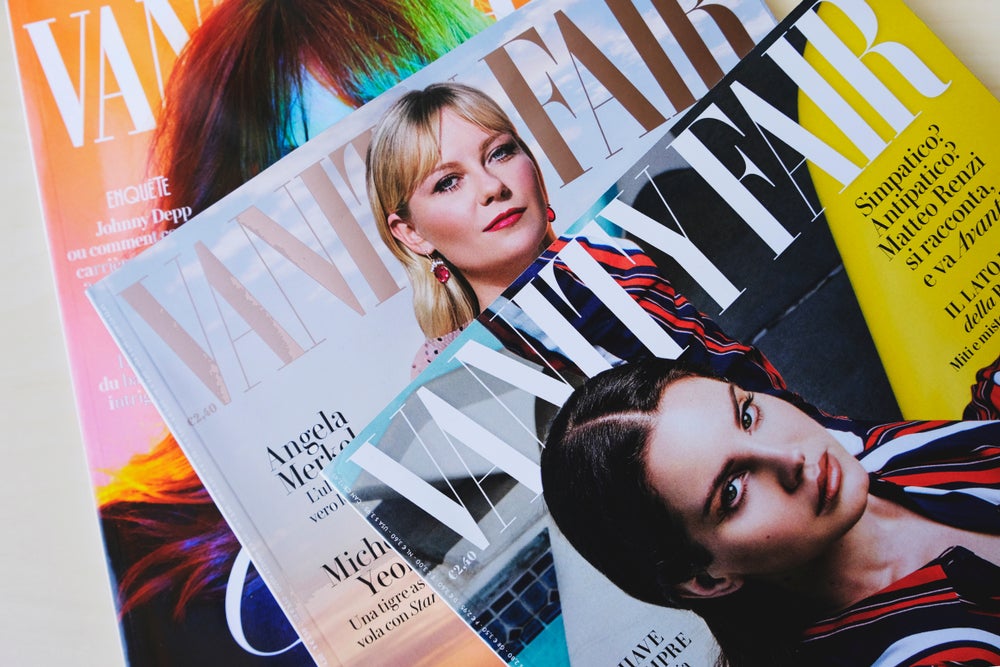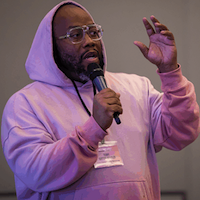Putting on Their Game Faces Sponsors are stepping up activation to create an `experience’ consumers won’t soon forget.
Cricket. Ski patrol. Yacht racing. Volleyball. Ballooning. Bull riding. Gymnastics. The list of sports properties available for sponsorships is getting longer than Pete Rose’s autograph line at a card show.
As the sponsorship portfolio expands, marketers have tougher choices to make when choosing which properties to align with and which to pass on. Compounding the challenge is a greater call for accountability, as brand managers are now, more than ever, “held responsible” for the properties into which they funnel their company’s marketing dollars, says Julie Zdziarski, a vp with Sponsorship Research International in Norwalk, CT.
“More marketers want to know how a sponsorship will impact their brand and help lines of business before they sign the deal,” echoes Michael Reisman, a principal with Westport, CT-based Velocity Sports and Entertainment, which handles sponsorship projects for the likes of IBM, Federal Express, and Shell.
As a result, activation of sports sponsorships is being taken to new levels. Brands are engaging and captivating consumers on-site, following up with them after the event ends, and basically doing whatever it takes to squeeze life out of the properties they buy into. “It’s like buying a toy. You still [need] the batteries,” said Lesa Ukman, president of Chicago-based sponsorship research firm IEG, Inc., at her company’s recent Sponsors Only conference in New York City. “Sponsors are just buying a platform. [They then] have to do something with those rights.”
Suiting Up Ten-year growth in the industry has legitimized sponsorships as effective – yet often expensive – marketing vehicles that leverage sports equity and convert fan affinities into brand allegiances. Sponsors continue to push beyond simple signage agreements with “more physical interaction with consumers at events,” says John Ivey, president of sports marketing shop Global Strategies Group, Boston. “There’s been an increase in sophistication of how sponsors communicate their messages.”
Videogame maker Konami began enhancing its sponsorship programs in 1998. Last August, the Redwood City, CA-based company took its own games to ESPN’s six-day X Games event, giving attendees a preview of upcoming titles and the highly-anticipated Sony PlayStation 2 game console. “It was the first time consumers could try the games,” says Chris Mike, Konami’s vp-marketing. “I don’t think there was a controller not attached to someone’s hand the entire time.” Konami set up an area with PlayStations running unreleased games such as Winter X Games and International Track & Field. X Games athletes including snowboarders Tina Bashich and Todd Richards (trust us, your son knows who they are) gave demos.
Other sponsors – such as Mountain Dew, which ran various efforts around a refurbished subway car – were on hand with “360-degree marketing assaults,” says ESPN vp-event marketing Tom Hagel.
Road Games Brands are increasingly using mobile marketing tours to create an interactive on-site presence they can transport easily and cost-effectively. Lake Success, NY-based Canon USA, for instance, has been traveling around the nation with its Know How truck. The vehicle tours 60 sponsored events including the Super Bowl and the Canon Greater Hartford PGA golf tournament with exhibits showcasing the company’s products. Inside the truck, visitors swipe a magnetic card at various kiosks to start information demos. Through a cause overlay, parents can receive digital photo identification of their children in a partnership with the National Center for Missing and Exploited Children. BDS Marketing, Irvine, CA, handles.
Elsewhere, an increasing number of sponsors are going even further by creating event “experiences.” Coca-Cola sent a ripple through the sponsorship industry when it whittled away half of its property portfolio in the late 1990s, then reinvested its dollars into more extensive programs at the remaining ones (November 1999 PROMO). “Coke changed the industry when it walked away from a pure presence strategy,” says Velocity’s Reisman. “Every one of our clients is now asking for an experiential marketing model.”
At Atlanta’s Turner Field baseball stadium, Coke has a branded section where fans can participate in games, sip soda, and dance around after home runs. At a car race near its headquarters last year, Toronto-based Sears Canada set up a Family Grandstand where parents could take their kids and enjoy the excitement without having to deal with the rowdiness common among the regular crowd. The section was a no-alcohol area enhanced with activities and premium giveaways.
Looking to stir up some brand buzz and drive traffic to dealerships nationally, auto maker Lincoln last month kicked off the first year in a new US Open tennis sponsorship by converting an unused building near the stadiums into an interactive tour (September PROMO). Impiric, Irvine, CA, handled.
Elsewhere, telecom company Verizon (formerly Bell Atlantic) annually teams with the USA Luge Association on a Verizon Luge Challenge that invades ski resorts and carves out custom luge runs consumers can fly down. Velocity handles. National Hockey League sponsor Anheuser-Busch last season created a spoof sport called The Bubble Boy League for its Bud Light brand, running humorous ads as well as in-bar and in-arena events. (Hockey great Wayne Gretzky served as commissioner.)
Huddle Up A growing number of companies are also invigorating their programs by joining with fellow sponsors. “You can’t go it alone anymore,” says ESPN’s Hagel. “Many brands who have never partnered before are now looking to team up with other sponsors on the promotion front.”
Redwood City, CA-based sneaker maker Vans, for example, partners with such other sponsors as G-Shock Watches, Mountain Dew, Best Buy, and Sunglass Hut for efforts surrounding the Triple Crown skateboard championships, a property the company owns. “Teaming with other sponsors is a very overlooked opportunity,” said IEG’s Ukman at the Sponsors Only conference. “The synergies can be enormous.”
NFL sponsor Southwest Airlines, Dallas, last month began a co-marketing effort with pigskin peer Hershey Foods in which consumers redeem candy wrappers for air fare discounts. Fifty wrappers earn $25, 275 wrappers $150. Redemption scores an entry into a sweeps offering a trip to Super Bowl XXXVI. “Working together brings more to the party,” says Southwest senior manager-sports marketing Christy Hall.
Memphis, TN-based Federal Express last year gave away MCI phone cards in gift packs at various events, and worked with Motorola on direct-mail sweeps campaigns, says Nancy Altenburg, FedEx manager-sports marketing. Hockey sponsors Wendy’s and Dodge got together last season for an NHL All-Star Ballot program that featured voting initiatives and sweeps. “We encourage [the collaboration],” says Andrew Judelson, vp of NHL corporate marketing. “And we’re excited to see sponsors partnering on promotional activation.”
Among other trends, brands are attaching to smaller, niche properties in the hopes of reaching more targeted demographics, says Ivey of Global Strategies. Coca-Cola bypassed a Major League Baseball sponsorship and instead signed deals with individual teams. Verizon sponsors the Atlantic 10 collegiate sports league (rather than the entire NCAA), taking its phone offers onto campuses with student-targeted campaigns. FleetBoston Financial, Boston, runs youth baseball clinics in New England via ties to Major League Baseball. Grocer Stop & Shop runs a Rockin’ Soccer Festival, a four-on-four tournament played on small fields within its operating territory. Boston-based Woolf Associates handles.
Cable network Discovery Health Channel, Bethesda, MD, will produce the half-time show and feature players in a new weekly Power Hour TV program as part of its sponsorship of the post-Olympic U.S. women’s soccer team tour, which will travel around the nation for exhibitions and fan events. The tour is the network’s first sports sponsorship and “the largest sponsorship for any Discovery network,” says Discovery Health president John Ford. The tour is run by SFX, Inc., New York City.
The Stats Man Companies like Discovery Health are also increasing sponsorship analysis with more research, database development, and post-event follow-ups such as telephone interviews and direct-mail surveys. The information is used to decide if marketing goals are being met, to continue the interaction with fans, and to prepare for future campaigns. “Brands never used to evaluate properties,” says SRI’s Zdziarski. “Now they’re talking to attendees [and] following up with telephone surveys. They keep peeling away at the onion to see if they’re connecting with fans.”
In the future, watch for companies to go beyond title sponsorships and simply buy entire properties, a la ESPN’s X Games or NBC’s XFL. Companies can truly do what they want with those types of deals, which are expensive but can be maintained by selling sponsorships to other companies. Volvo bought the Whitbread Round the World Race sailing race, which will be renamed the Volvo Ocean Race in 2001. Buick owns the PGA Buick Open, Chase Manhattan Bank owns its tennis Championship Series, Vans owns the Triple Crown. And the list is growing quickly.
With that kind of competition on the horizon, established sports leagues should begin to offer more full-package sponsorships to partners. The XFL (which is co-owned by the World Wrestling Federation) launches this winter with one-stop-shopping packages giving sponsors team, league, licensing, marketing, and television rights (September PROMO). The NHL now offers a similar package.
However the games and deals may change, the basic goal of sports sponsorships remains the same: connecting the brand to the fan. “Consumers often don’t understand sponsorship ties,” says Zdziarski. “Tell them you’re involved. It’s all right to say, `We’re supporting this sport.'”
That gives new definition to the term “athletic supporter.”
The most common reasons brands don’t win the game. Too Brand-centric. Companies should not make the needs of their brands the starting point of sponsorships. Instead, sponsorships should be based on the needs and interests of customers.
No Budget for Activation. Be prepared to spend several times your rights fees to leverage the property. Have the funds to commercialize the association weeks or months in advance and leverage with an audience far broader than at the venue.
Not Long-term. One-year commitments are generally of dubious benefit. Creating a link between a property and a brand is rarely accomplished overnight.
No Measurable Objectives. Without having internal agreement on the sponsorship’s goals, knowing how much weight it carries relative to other objectives, and setting pre-sponsorship benchmarks, sponsors can’t choose the most effective property, determine what it’s worth, or determine how well it’s working.
Overlooking Ambush and Due Diligence. Knowing what you aren’t getting is often as important as knowing what you are getting. Does the sanctioning body you’re signing with control marketing rights to major events? Does league sponsorship include marketing rights to teams?
Too Much Competition for Trade Participation. When products sold through the same distribution channel sponsor the same property, the impact is often diluted. Sponsors find themselves competing with each other for retail participation and undermining the value of each other’s offers in consumer minds.
Failure to Excite the Sales Chain. Unlike traditional media, a sponsorship will not reach consumers unless the field force gets behind it and sells to the trade, which must also get on board. A program will not work unless the concept is sold throughout the system and meets the needs of all constituencies.
Insufficient Staffing. Even turn-key packages require additional staff time for everything from hosting clients on-site to approving artwork to rolling out promotions.
Buying at the Wrong Level. Buying a sponsorship does not mean spending more money to get more of the same benefits. Higher sponsorship levels grant additional benefits. Some sponsors buy a higher level for access to one benefit, but don’t utilize the others; some under-buy, cutting off opportunities for retail ties and leaving room to be ambushed.
No Local Extensions. National brands must create localized execution overlays for a sponsorship to truly reach their audiences.
No Communication of Added Value. Tell consumers “I’m bringing you to this event and you should think of this brand because of our sponsorship.” Sponsors often wrongly assume consumers will make the link themselves. For maximum impact, sponsors must be viewed as bringing something to the event. The activity should by perceived as “provided by” the brand rather than simply “sponsored by” it.



